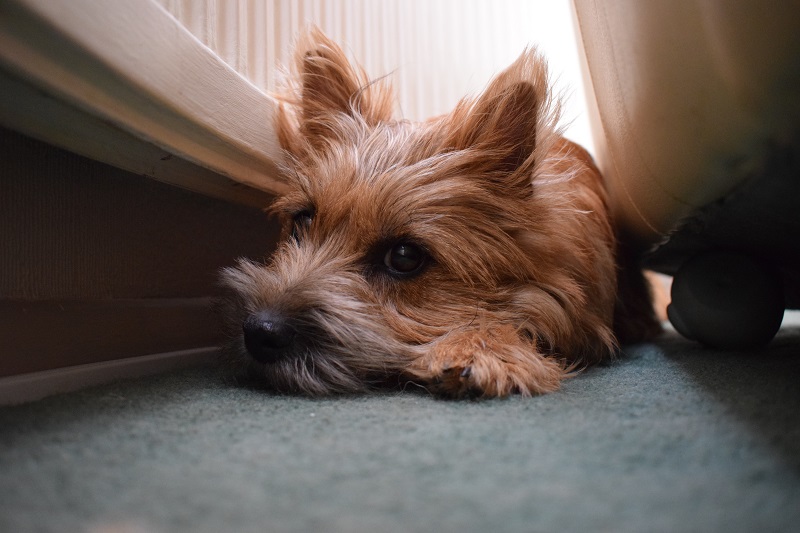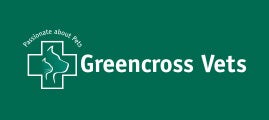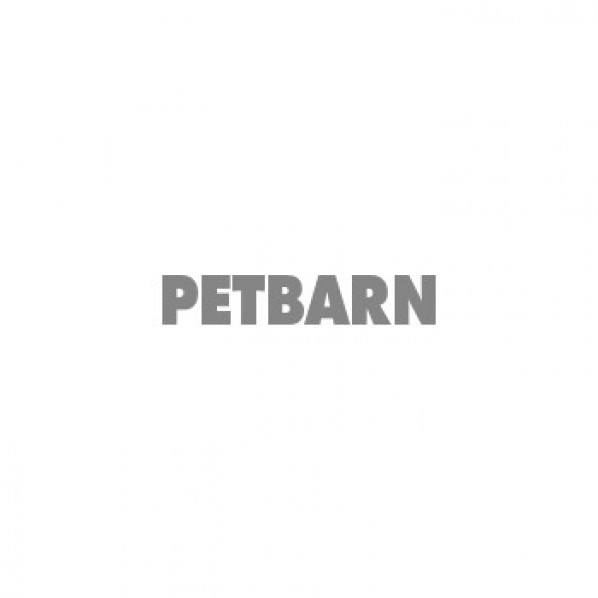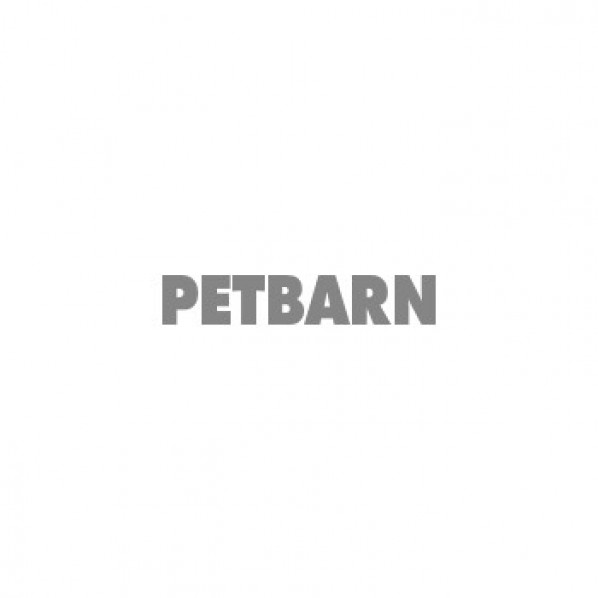A variety of situations can trigger anxiety in your dog. Learn how to spot the signs of anxiety in dogs and what you can do to help them overcome their stress.

Vet advice courtesy of Dr Cathy Lau BSc (Hons) BVSc BVMS from Greencross Vets Baldivis.
The more time we spend with our dogs, the more we feel like we have an intuitive knack of knowing how they’re feeling at any given time. They’re great at expressing when they’re happy, hungry, tired, or just want a good belly scratch, but unfortunately anxiety is a lot trickier to notice in dogs and you’d be forgiven for incorrectly interpreting these symptoms as your dog being naughty. The more you know about what triggers anxiety in your dog, the better you can notice the signs and treat them.
What causes anxiety in dogs?
Particular sounds, situations and environments can all lead to anxiety and stress in your dog. These situations include:
- Being apart from their owner, also known as separation anxiety
- Travelling in the car
- Moving house
- New baby in the home
- Building or renovation work
- Vet visits and returning from hospitalisation
- Hectic/noisy events (Christmas, fireworks, thunderstorms, parties)
- Change in routine (pet sitters, new job, visitors)
For some dogs, the cause is less obvious and possibly related to temperament, genetics and past negative experiences.
What are the symptoms of anxiety in dogs?
Correctly interpreting your dog’s body language is very important. The below are the initial reactions that your dog will show when they come across a fearful experience:
- Lip licking
- Yawning
- Ears pinning back
- Corners of the mouth pulling back, which may appear like they’re ‘smiling’
- Hypervigilant, constantly scanning the environment
- Tucked tail
- Hair on their back going up
It’s also important to understand the signs that your dog is experiencing anxiety to help them get back to their happy selves. Some of the main symptoms of anxiety include:
- Trembling
- Whining
- Hiding behind your legs or furniture
- Turning or looking away
- Sneezing
- Panting and drooling
- Sudden urination or defecation
- Destructive behaviour
- Defensive aggression – growling, biting, barking
- Restlessness and pacing – sometimes it looks like they are “excited”
How to help a dog with anxiety
Avoid their triggers
The best way to help your dog with anxiety is to identify the signs and triggers for their anxiety and to remove them from these situations. Reassure your dog and never punish them for their reactions. Seek advice from veterinary behaviourists and certified behaviour trainers who use positive training methods, and avoid your dog’s triggers until their anxiety has been managed.
Socialise them early
The critical socialisation period of a dog is when they are 4-16 weeks old. This is the period where a dog’s brain actively learns how to accept and interact with other members in the social group (dogs, people and other animals) and to the environment. For a puppy to develop into a friendly, confident and happy adult, regular handling and being exposed to novel situations in a non-threatening manner during this period is very important.
Research has shown that puppies who are not exposed to other dogs and people during this critical period are more likely to develop fearful and aggressive behaviour, and behavioural problems later in their lives. Therefore it’s very important to socialise your puppy before they’re 16 weeks old.
Use Adaptil
One of the most useful ways to reassure or appease your anxious dog is to use Adaptil. Adaptil is a synthetic copy of the natural pheromone that a puppy’s mother releases during nursing. This pheromone is only detectable to dogs, so you and your other non-dog pets won’t notice any difference but your best friend will feel safe and secure and experience less fear and stress.
When you’re on the go, this product is available as a collar or spray. This spray can be applied to a bandana that your dog wears and will last for 2 hours. When you’re at home, set up a diffuser to create a relaxing environment for your dog. The collar and diffusers will need to be changed every month.
Feed Royal Canin Relax Care dog food
Royal Canin’s Relax Care range of wet and dry dog food is formulated with a naturally-sourced active protein molecule that has a calming effect on dogs. This is an extra-tasty, nutritionally complete and balanced diet that’s specially crafted to moderate your dog’s responses to upsets and changes in their environment that can cause stress.
If you suspect your canine companion may be suffering from anxiety, always seek the advice of your vet. Especially when the symptoms rapidly appear over a short period of time, they could possibly related to medical problems or pain that causes an increase in irritability. To help your dog overcome their anxiety, explore our range of dog stress and anxiety treatments online and in-store for products that will help get your best friend back to their happy, tail-wagging best. There are other natural and prescribed medications your vet can recommend based on your specific situation.







